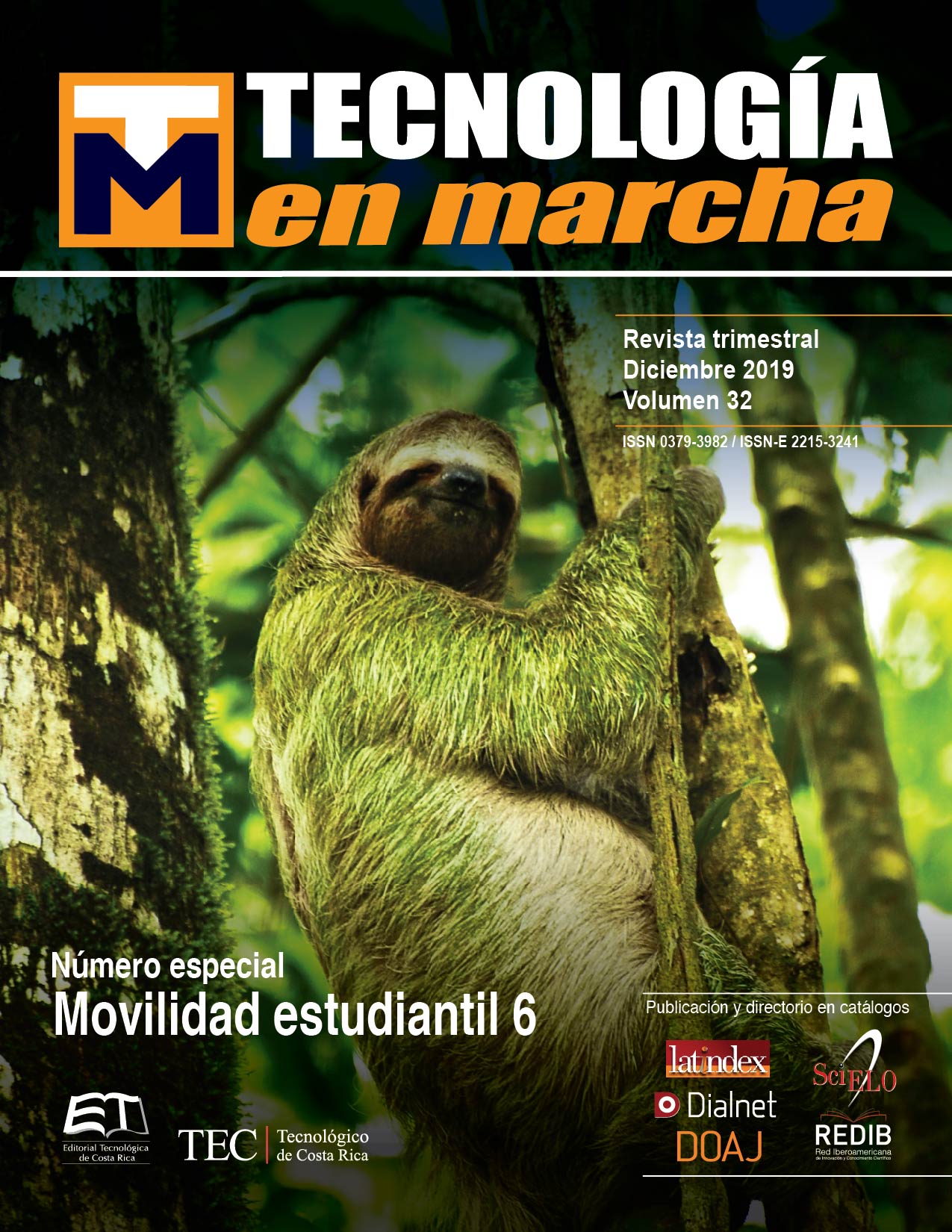Bio-inspired Control of an Elastic Actuator Using the Feedback Error Learning Scheme
Main Article Content
Abstract
This document covers the improvement of the control scheme for variable stiffness actuators (VSA), present in the knee joint of a biped robot called Binocchio, developed by the Cajal Institute’s Neuro-rehabilitation group. The design of this robot is based on several biological characteristics found in humans such as the visco-elasticity of the muscles. In order to control these actuators in a robust and efficient manner, it is not enough to use classic model-based control strategies, as they are not able to take into account all the intrinsic non-linearities of the actuator due to its mechanical structure and elastic nature. Therefore, a bio-inspired control method was adapted, known as Feedback Error Learning (FEL) it uses a neural network to learn the inverse model without any a priori knowledge of the parameters of the actuator. Subsequently, control tests were carried out to validate the new control strategy. Finally, it was possible to adapt the FEL for the control of the VSA, which had a significant improvement in the performance of the trajectory controller. Robustness and stability tests allowed to validate the use of FEL control as a viable alternative for the control of the actuators.
Article Details
Los autores conservan los derechos de autor y ceden a la revista el derecho de la primera publicación y pueda editarlo, reproducirlo, distribuirlo, exhibirlo y comunicarlo en el país y en el extranjero mediante medios impresos y electrónicos. Asimismo, asumen el compromiso sobre cualquier litigio o reclamación relacionada con derechos de propiedad intelectual, exonerando de responsabilidad a la Editorial Tecnológica de Costa Rica. Además, se establece que los autores pueden realizar otros acuerdos contractuales independientes y adicionales para la distribución no exclusiva de la versión del artículo publicado en esta revista (p. ej., incluirlo en un repositorio institucional o publicarlo en un libro) siempre que indiquen claramente que el trabajo se publicó por primera vez en esta revista.

